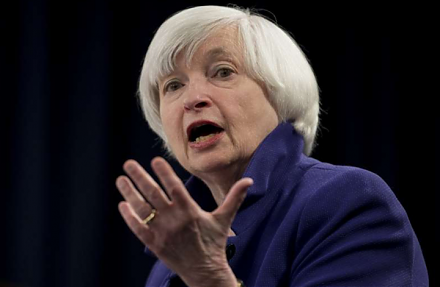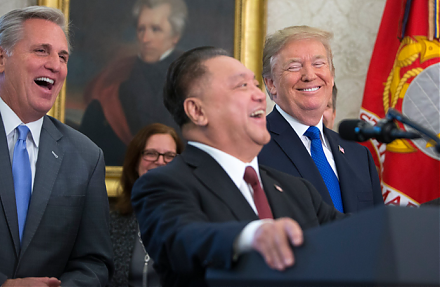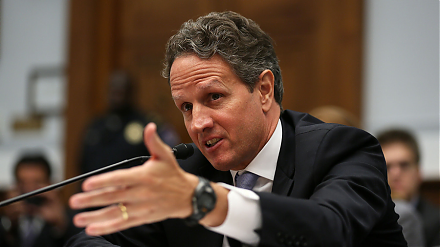

2018-10-13 10:44:00 Sat ET
federal reserve monetary policy treasury dollar employment inflation interest rate exchange rate macrofinance recession systemic risk economic growth central bank fomc greenback forward guidance euro capital global financial cycle credit cycle yield curve

Dow Jones tumbles 3% or 831 points while NASDAQ tanks 4%, and this negative investor sentiment rips through most European and Asian stock markets in early-October 2018. President Trump blames the Federal Reserve for its *crazy tight* interest rate hike. However, this criticism may not be the main trigger for bearish massive stock sell-off. The relentless Sino-American trade impasse remains on the radar for stock market investors. Also, the 10-year Treasury bond yield rises above 3%, and then many institutional investors switch from stock bets to Treasury bond purchases.
Due to these unforeseen circumstances, the International Monetary Fund (IMF) downgrades global economic growth from 3.9% to 3.7% as of October 2018. This latter downgrade seems to trigger ubiquitous investor panic that manifests in the recent surge of the CBOE volatility index (VIX) well beyond 22 points.
Treasury Secretary Steven Mnuchin views the severe bloodbath from S&P 500 to NASDAQ as a normal stock market correction. Mnuchin considers this widespread stock market correction as part of the healthy fundamental recalibration primarily for tech titans such as Facebook, Apple, Microsoft, Google, Amazon, Netflix, and Twitter (FAMGANT). These tech titans exhibit prior stock market overvaluation in the interim period from late-2017 to early-2018.
If any of our AYA Analytica financial health memos (FHM), blog posts, ebooks, newsletters, and notifications etc, or any other form of online content curation, involves potential copyright concerns, please feel free to contact us at service@ayafintech.network so that we can remove relevant content in response to any such request within a reasonable time frame.
2023-12-07 07:22:00 Thursday ET

Economic policy incrementalism for better fiscal and monetary policy coordination Traditionally, fiscal and monetary policies were made incrementally. In
2018-05-07 07:32:00 Monday ET

President Trump seeks to honor his campaign promise of lower U.S. medical costs by forcing higher big-pharma prices in foreign countries such as Canada, Bri
2017-11-03 06:41:00 Friday ET

Broadcom, a one-time division of Hewlett-Packard and now a semiconductor maker whose chips help power iPhone X, has announced its strategic plans to move it
2025-10-08 11:34:00 Wednesday ET

Stock Synopsis: With a new Python program, we use, adapt, apply, and leverage each of the mainstream Gemini Gen AI models to conduct this comprehensive fund
2022-03-25 09:34:00 Friday ET

Corporate cash management The empirical corporate finance literature suggests four primary motives for firms to hold cash. These motives include the tra
2023-12-04 12:30:00 Monday ET

Bank leverage and capital bias adjustment through the macroeconomic cycle Abstract We assess the quantitative effects of the recent proposal